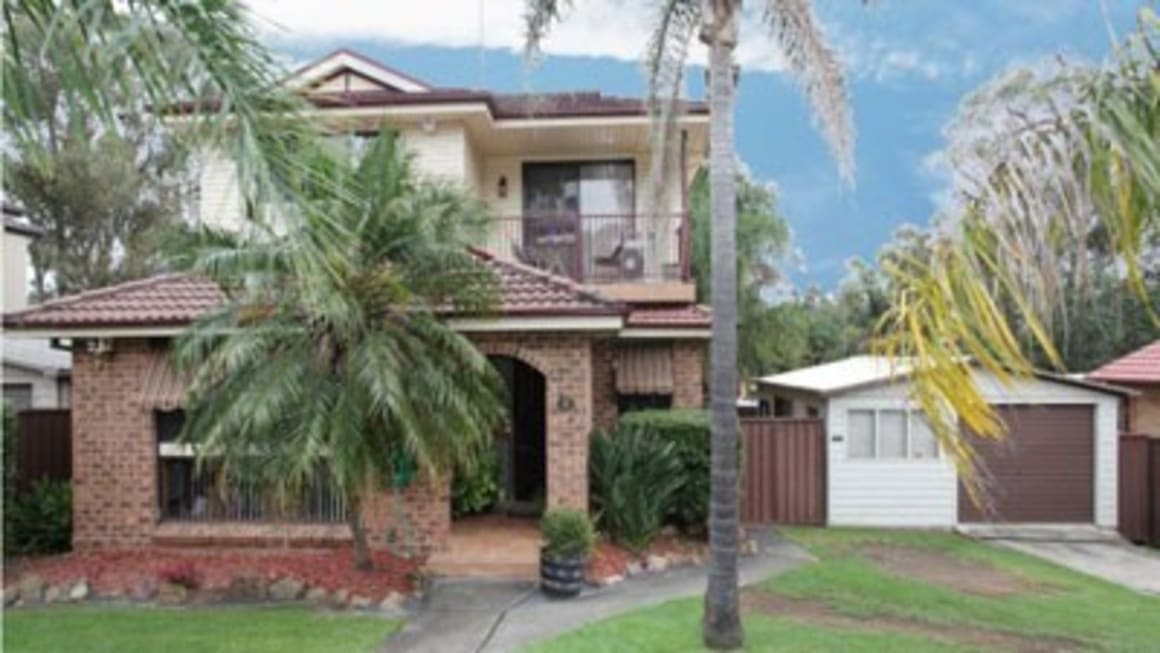Investors returning ‘in droves’ to outer-western Sydney, with granny flat appeal: HTW

Small investors returned to the Sydney property market in "droves" in 2012, with their focus being the previously unfashionable but fast-expanding outer-western suburbs, according to Herron Todd White.
In its 2012 year-in-review wrap, valuers at Herron Todd White say their predictions about the north-west Sydney market made in February were “mostly on the money.
“The small investor returned to the market in droves in 2012, especially in the west. This helped prop up the 'old' first-home buyer’s market.
“There was a continued 'granny flat' trend in the Penrith and Blacktown council areas. Investors are increasingly looking for higher returns and the dual income stream offered by purchasing a basic three-bedroom dwelling and building a granny flat to the rear has proved most popular," says HTW in its December wrap.
Recent sales of houses with granny flats in the outer west include this five-bedroom house with a self-contained brick granny flat plus 1 ½-car garage on Farmview Drive in Cranebrook near Penrith, which sold for $455,000 through Ali Khanchedar of Southlands Estate Agents Penrith.

The house last sold for just $69,000 in 1987.
Khanchedar estimates it could earn weekly rent of $700 equating to a healthy yield of 8%.
In October, Mina Khanchedar Julie Stinson also from Southlands Estate Agents Penrith, sold this four-bedroom house for $393,000 on Henderson Crescent, Jamisontown, noting that it has “plumbing for potential granny flat as well as a carport”.

The 1980s-built house last sold for $265,000 in 2001.
In its July market wrap looking at sub-$500,000 investment options, Herron Todd White said buying a a house with a granny flat in the western suburbs was the “best investment from a rental return basis in the western suburbs”.
HTW suggested investors consider purchasing a circa 1960s to 1970s dwelling on 650- to 700-square-metre allotments and erect a granny flat on the rear of the allotment, thus creating two separate tenancies.
Typically, HTW says investors are paying somewhere between $280,000 to $330,000 for the existing dwelling and between $60,000 to $80,000 for the granny flat, plus spending an extra $25,000 on sprucing up the original dwelling.
According to HTW the dual tenancies can generate monthly rent of $600 ($350 for the main house and $250 for the granny flat), with vacancy rates at practically 0%.
Property developer and regular Property Observer writer Jo Chivers suggested back in February that investors consider adding a granny flat to their investment property and then rent it out separately, “resulting in an increased yield and good depreciation benefits”.
Chivers points out that such endeavours are supported by the NSW government’s Affordable Rental Housing State Environmental Planning Policy (SEPP), which can fast-track the approval of granny flats in 10 days provided it meets a number of regulations.
Apart from a rise in investor buying properties with granny flats in the outer west, HTW notes an increase in the uptake of house-and-land packages by first-home buyers in this market following the new $15,000 state government hand out for those building or buying a new home, which began on October 1.
“Many first home buyers are paying a bit extra for a base level house-and-land package,” says HTW.
The improvement in the outer west was not matched in other parts of Sydney, with HTW describing the rest of the market as “volatile”.
“Despite strong sales in the first half of 2011, properties on the northern beaches and north shore have underperformed over 2012.
“This is especially true above the $1.5 million price point, where we have seen evidence of re-sales that have declined in value from the peak of the market in 2007. This trend was expected to continue as 2012 began, however many predicted the spring season may have brought people back into the market.
“This has not been the case however, with deep-seated uncertainty when it comes to purchasing high-end property.
“This sentiment appears to be across the board with the eastern suburbs, southern suburbs and inner-west all experiencing similar market conditions throughout 2012.
“It is fairly safe to say that the $750,000 to $1.5 million range has been steady, with no significant capital growth experienced. Properties with a price point below $750,000 have generally had minor capital growth overall, but far less than that experienced in previous years,” says HTW.